
How to Use Mini Boost Module 3.7V to 5V 8V 9V 12V Step Up Board: Examples, Pinouts, and Specs
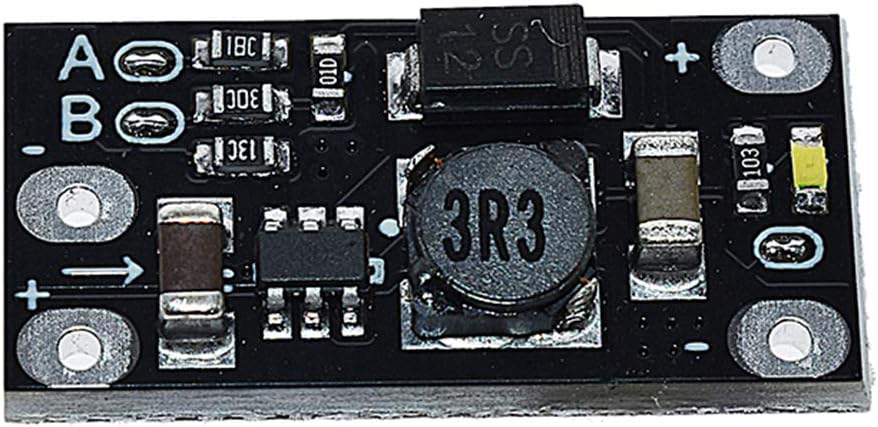
 Design with Mini Boost Module 3.7V to 5V 8V 9V 12V Step Up Board in Cirkit Designer
Design with Mini Boost Module 3.7V to 5V 8V 9V 12V Step Up Board in Cirkit DesignerIntroduction
The Mini Boost Module, manufactured by ANMBEST (Part ID: Black), is a compact DC-DC boost converter designed to step up a lower input voltage (3.7V) to a higher output voltage (5V, 8V, 9V, or 12V). This module is commonly used in battery-powered projects to provide a stable higher voltage output, making it ideal for applications such as portable electronics, DIY projects, and any scenario where a higher voltage is required from a lower voltage source.
Explore Projects Built with Mini Boost Module 3.7V to 5V 8V 9V 12V Step Up Board
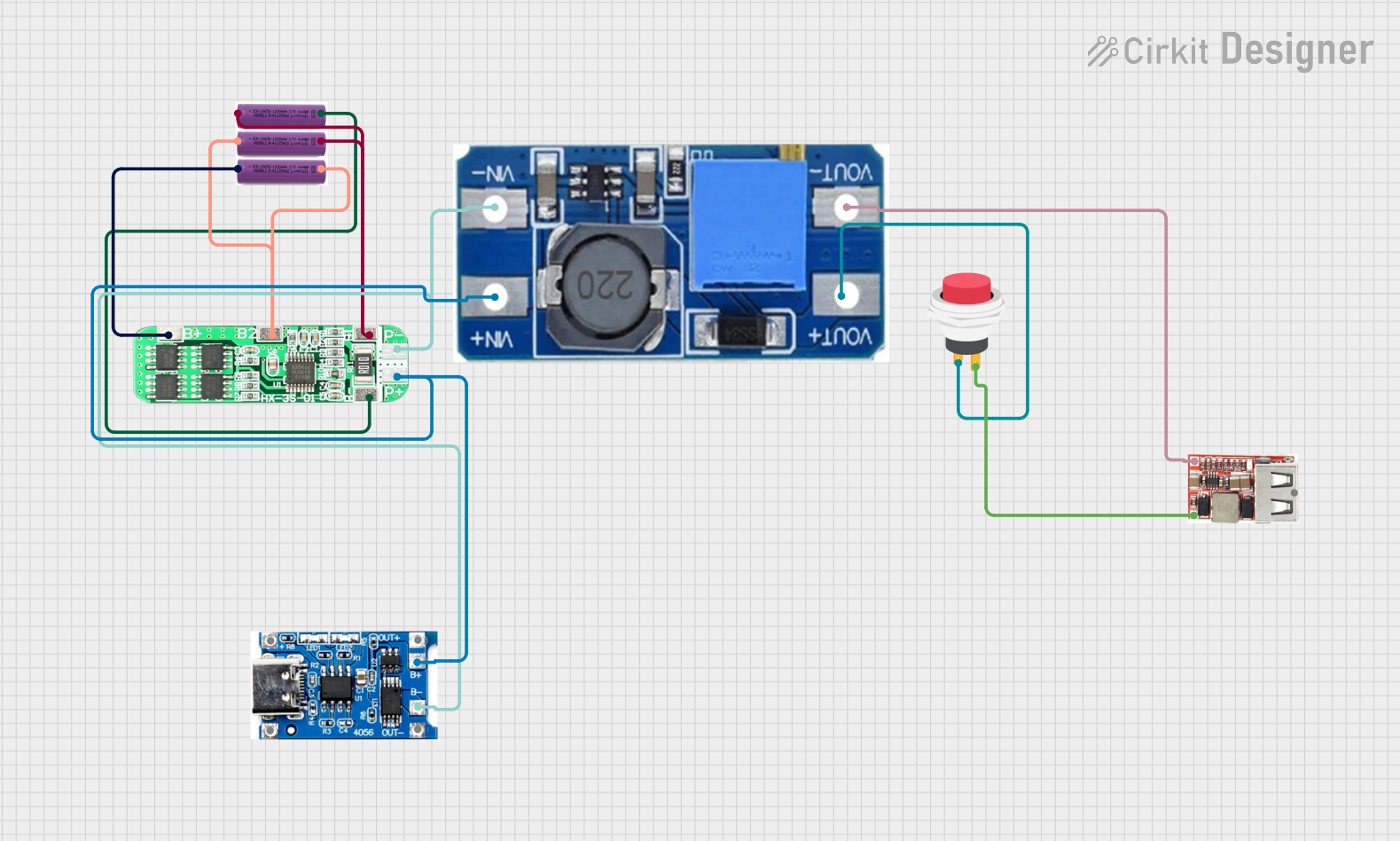
 Open Project in Cirkit Designer
Open Project in Cirkit Designer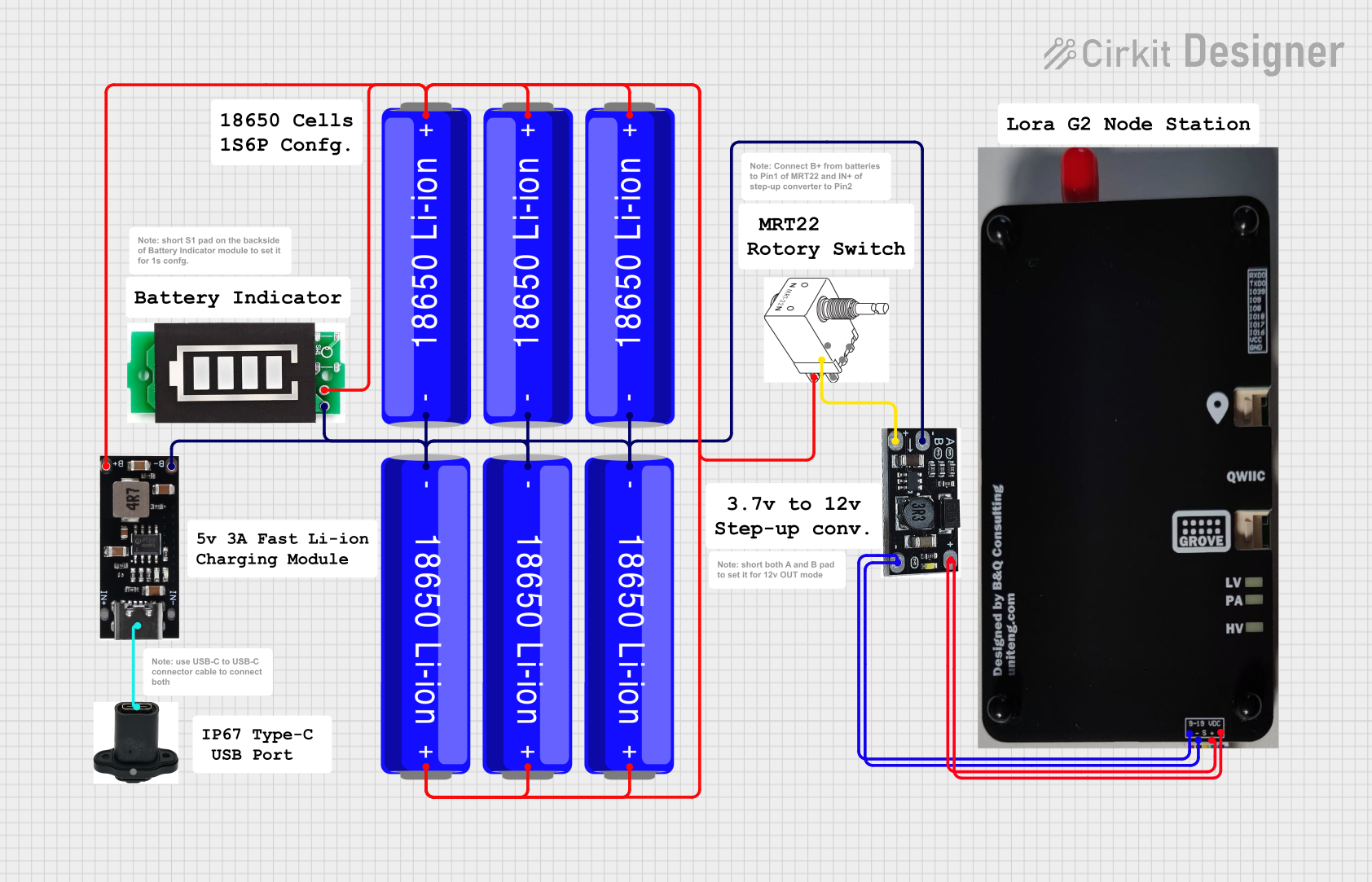
 Open Project in Cirkit Designer
Open Project in Cirkit Designer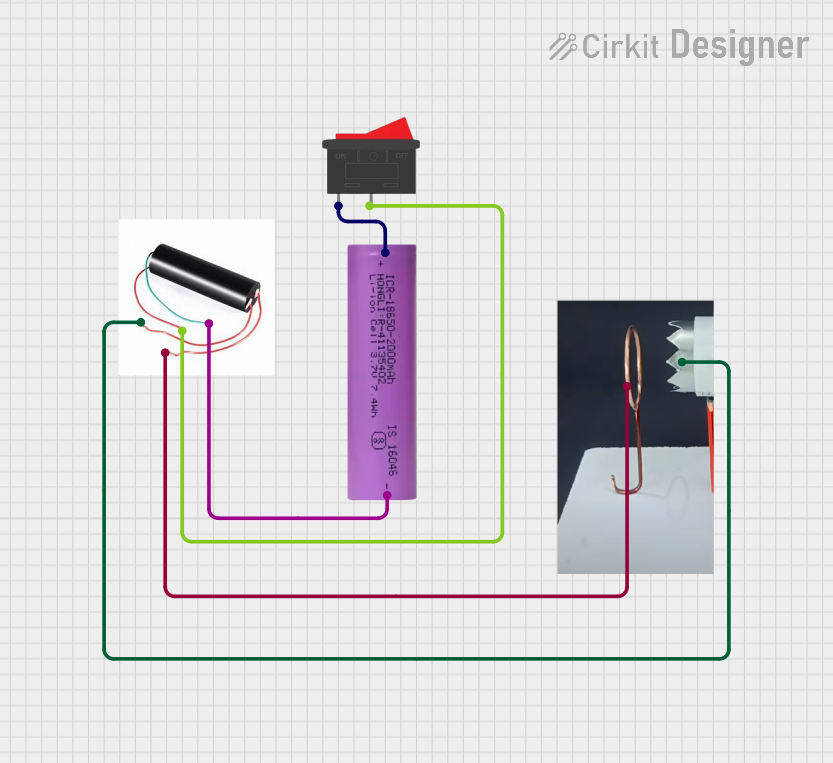
 Open Project in Cirkit Designer
Open Project in Cirkit Designer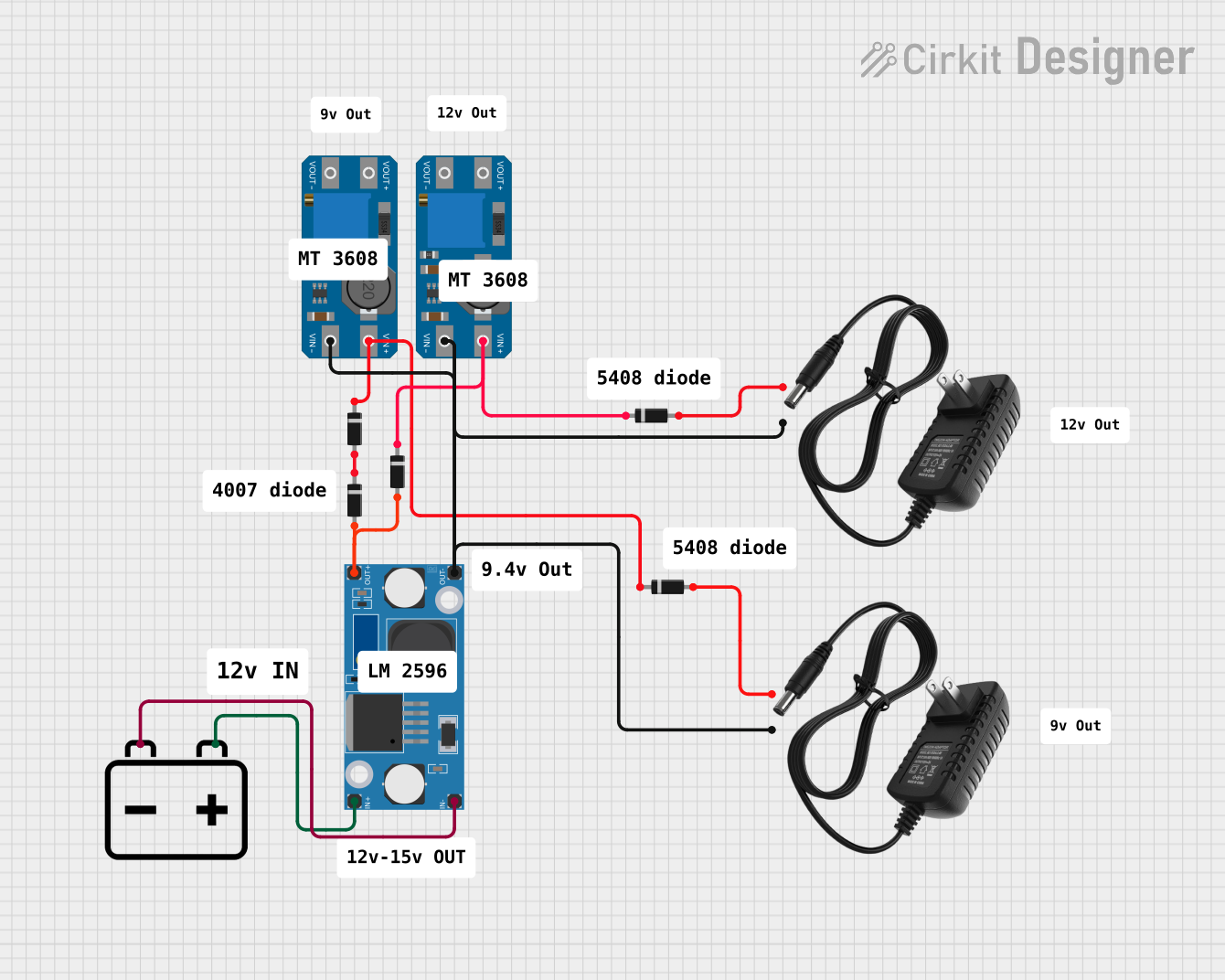
 Open Project in Cirkit Designer
Open Project in Cirkit DesignerExplore Projects Built with Mini Boost Module 3.7V to 5V 8V 9V 12V Step Up Board

 Open Project in Cirkit Designer
Open Project in Cirkit Designer
 Open Project in Cirkit Designer
Open Project in Cirkit Designer
 Open Project in Cirkit Designer
Open Project in Cirkit Designer
 Open Project in Cirkit Designer
Open Project in Cirkit DesignerTechnical Specifications
Key Technical Details
| Parameter | Value |
|---|---|
| Input Voltage | 3.7V |
| Output Voltage | 5V, 8V, 9V, 12V (selectable via jumper) |
| Output Current | Up to 1A (depending on input voltage) |
| Efficiency | Up to 92% |
| Dimensions | 22mm x 17mm x 4mm |
| Operating Temperature | -40°C to 85°C |
Pin Configuration and Descriptions
| Pin Number | Pin Name | Description |
|---|---|---|
| 1 | VIN | Input voltage (3.7V) |
| 2 | GND | Ground |
| 3 | VOUT | Output voltage (5V, 8V, 9V, or 12V) |
Usage Instructions
How to Use the Component in a Circuit
Connect the Input Voltage:
- Connect the VIN pin to the positive terminal of your 3.7V power source.
- Connect the GND pin to the ground terminal of your power source.
Select the Desired Output Voltage:
- Use the onboard jumper to select the desired output voltage (5V, 8V, 9V, or 12V).
Connect the Output Voltage:
- Connect the VOUT pin to the positive terminal of the load that requires the higher voltage.
- Ensure the GND pin is also connected to the ground of the load.
Important Considerations and Best Practices
- Heat Dissipation: Ensure adequate ventilation or heat sinking if the module is used at high currents to prevent overheating.
- Input Voltage: The input voltage should be stable and within the specified range (3.7V) to ensure proper operation.
- Load Requirements: Verify that the load does not exceed the maximum output current capability of the module.
Example Code for Arduino UNO
Here is an example of how to use the Mini Boost Module with an Arduino UNO to power a 12V device:
// Example code to power a 12V device using the Mini Boost Module
// Connect the Mini Boost Module's VOUT to the 12V device
// Connect the GND of the Mini Boost Module to the Arduino GND
void setup() {
// Initialize serial communication for debugging
Serial.begin(9600);
Serial.println("Mini Boost Module Example");
}
void loop() {
// Your main code here
// For example, you can control a 12V relay or motor
// Ensure the Mini Boost Module is providing the correct voltage
Serial.println("Running...");
delay(1000); // Wait for 1 second
}
Troubleshooting and FAQs
Common Issues Users Might Face
No Output Voltage:
- Solution: Check the input voltage connection and ensure it is within the specified range (3.7V). Verify the jumper setting for the desired output voltage.
Overheating:
- Solution: Ensure proper ventilation and consider adding a heat sink if the module is used at high currents.
Output Voltage Fluctuations:
- Solution: Verify that the input voltage is stable and not dropping under load. Check for loose connections.
FAQs
Q1: Can I use this module with a different input voltage?
- A1: The module is designed for a 3.7V input. Using a different input voltage may result in improper operation or damage.
Q2: How do I change the output voltage?
- A2: Use the onboard jumper to select the desired output voltage (5V, 8V, 9V, or 12V).
Q3: What is the maximum output current?
- A3: The maximum output current is up to 1A, depending on the input voltage and load conditions.
By following this documentation, users can effectively utilize the Mini Boost Module in their projects, ensuring reliable and stable voltage conversion.